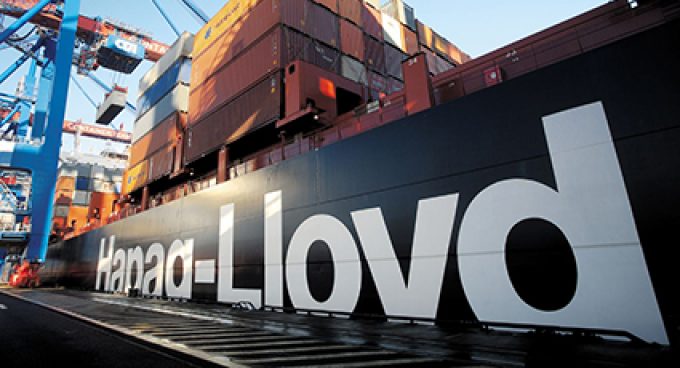Maersk suspends vessel calls at Haifa as regional tension rises
Maersk Line has become the first container line to reorganise its services to Israel, announcing ...

Hapag-Lloyd had confirmed that THE Alliance vessels deployed on the Asia-North Europe tradelane were no longer making a 3,500 nautical mile diversion around the Cape of Good Hope on their backhaul voyage.
Nevertheless, Hapag-Lloyd has subsequently found it necessary to rescind this affirmation after double-checking with its THEA ...

Comment on this article